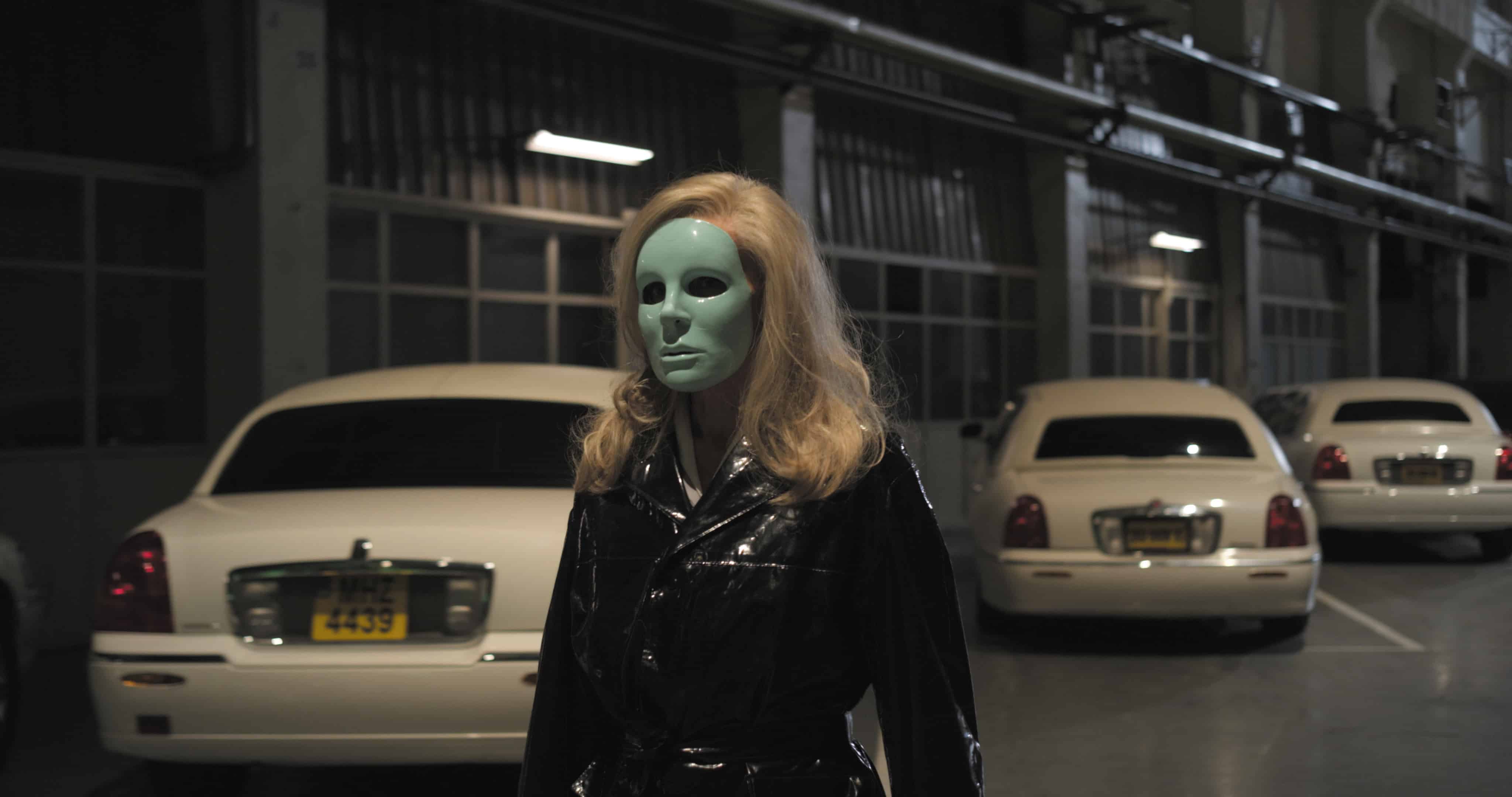Holy Motors is Leos Carax’s first feature shot entirely with digital cameras, and he’s not happy about it. The transgressive French director is as wild and virtuosic as ever, but beneath the deadpan absurdity and overly elaborate metaphor, this movie is a startlingly direct, human-sized elegy for traditional film production.
The story centres on Oscar (Denis Lavant), an aging film actor whose job involves driving across Paris in a white limousine, transforming his appearance with costumes and prosthetics, and enacting melodramatic scenes in front of a non-existent audience. In one sequence, Oscar is a grizzled tough-guy who murders his doppelganger for some ill-defined reason. In another, he’s a cartoonishly stooped bag lady, begging for spare change. At the end of each “appointment,” Oscar returns to the makeup mirror in his cluttered mobile dressing room and assumes his next character. The backdrop is a surreal, perhaps futuristic film industry in which cameras are completely invisible. Every lived act has become cinema, and violence and death are seemingly mutable and inconsequential.
Carax’s long-time collaborator Lavant brings a pathos and an astounding physicality to each role. In a standout segment, he reprises his impish, hyper-destructive “Merde” character from the anthology film Tokyo!. The supporting cast shines, including Eva Mendes and Kylie Minogue in brief yet indelibly sad roles. But the line between character and actor is constantly blurred and despite an overhanging sense of tragedy, the whole apparatus is basically rhetorical, rather than narrative.
Holy Motors is a spectacle of craft and ingenuity, but at its core, it’s a heartbroken denial of digital video technology. It insists, sometimes subtly, but often not, that the film camera is analogous to the mechanism of the human body, and that the digital camera is alienated from this human quality. Maybe Carax and his crew are too stylistically gifted for their own good, but the bleary, pixelated digital nightmare sequences that are supposed to drive this message home have a certain lyrical beauty, and are no more alienating than the out-of-context silent film footage.
Generally, the work is engrossing and persuasive, but the anti-DV argument comes off as a little curmudgeonly. I hate to say this about such a wonderful film, but its raison d’être seems to be a contrarian nostalgia, and it proves to be somewhat frustrating. Carax should check out the cinematography of his own movie for ample evidence of the artistic merits of the digital camera.


